Non-Alcoholic
-
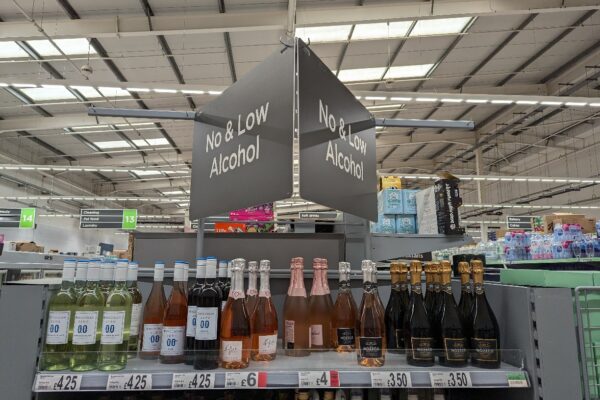
British Consumers More Negative About Non-Alcoholic Wine
A new study investigates how consumers in Australia, the UK and the US perceive and evaluate non-alcoholic wine. It analyses more than eleven thousand online product reviews covering 326 products sold through major e-commerce platforms, applying sentiment analysis, topic modelling and logistic regression to identify what shapes satisfaction and how perceptions vary across markets and…
-
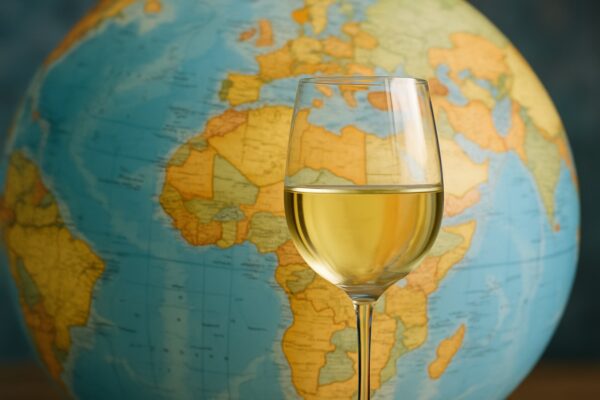
Shifting Tastes in a Changing Global Market
The IWSR Global Trends Report 2025 highlights a number of developments that reflect a complex and evolving wine marketplace, shaped by economic, social and technological forces. Premiumisation remains a feature of the wine category, but it is no longer uniform. Economic pressures and changing values mean consumers are increasingly selective, opting for premium wines in…
-

Independent Wine Retailer Trends
There’s an interesting article at Drinks Retailing News on independent wine retailer trends. Wine remains a key focus for independent UK drinks retailers, with France and Italy once again ranked as the most popular countries of origin, followed by Spain. Areas of growing interest have shifted, with Greece topping the list, closely followed by Portugal,…
-
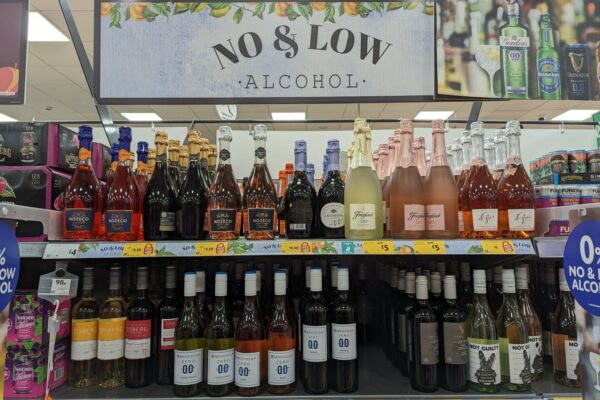
Global Surge in No-Alcohol Drinks
The IWSR (International Wine and Spirits Research) is a top authority on global alcohol beverage market data, analysis and insights, providing strategic intelligence to the industry. According to the IWSR No- and Low-Alcohol Strategic Study 2024, the market is experiencing a transformative shift, driven by younger consumers and evolving preferences. Across 10 key markets, including…
-
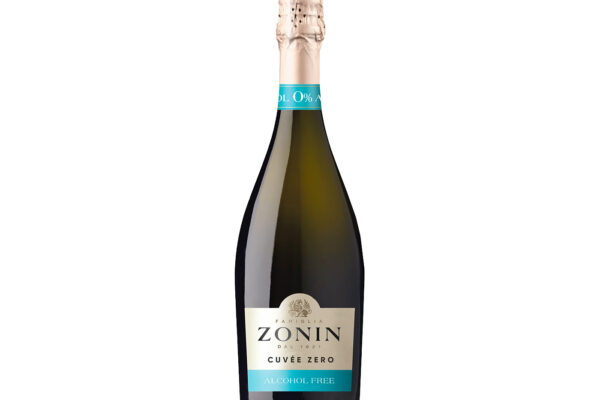
ZONIN Cuvée Zero
ZONIN has a new offering in the increasingly popular area of low- and no-alcohol wines. While many products in this category often taste more like juice than wine, sparkling varieties tend to hold up better due to the appeal of the bubbles. This recent launch from ZONIN, a producer known for premium Prosecco and collaborations…
-
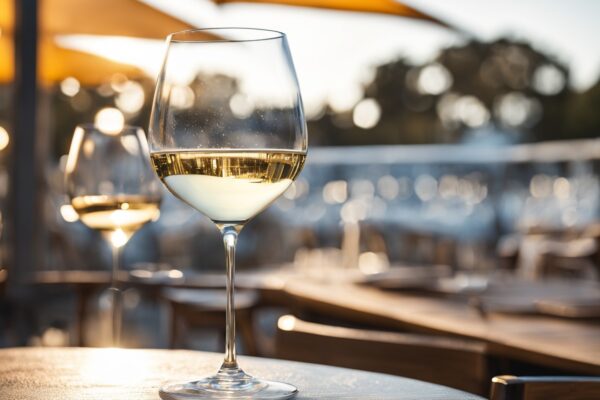
The Paradoxes of Dealcoholised Wine Production
In the DrinksBusiness, an anonymous wine producer criticises the growing trend of dealcoholised wines, arguing that the process is energy-intensive, costly, and significantly alters the wine’s original qualities, resulting in a product that lacks flavour and structure. The producer contends that the necessary additives to recreate the wine’s taste and stability are unnatural and environmentally…
-

Exploring Sustainability Trade-offs in Non-Alcoholic Wine Production
New research titled “Balancing Gains and Losses—A Research Note on Tradeoffs in the Case of Non-Alcoholic Wines in Germany,” authored by Frederik Nikolai Schulz, Alexander A. Kugel, and Jon H. Hanf, in Germany, explores the increasing significance of non-alcoholic wines . It highlights the dynamic market development of these products in recent years and addresses…
Did You Know?
For Crémant, grapes must be harvested by hand and the wines must undergo at least nine months’ ageing before release. More
In 2024, the UK was the second-largest export market for Champagne globally, after the United States. More
Local UK bottling of wine represents about 40% of imported wine. More
Around 1% of people, typically severe asthmatics, have a sulphite sensitivity. More
A large 80% of Australian wine arrives in the UK in bulk. More
Only about 0.02% of Australia’s landmass is dedicated to vineyards. More
In 2024, New Zealand produced only 1% of the World’s wine. More
In 2024, the US imported 37% of World production of Pinot Grigio and the UK was is in second place at 27%. More
In 2024, the UK was South Africa’s largest export market, with 40% of total exports. More
In 2024, the United Kingdom imported 22.3 million bottles of Champagne, a decline of 12.7% compared to the previous year. More
Larger Champagne producers source grapes from as many as 80 different vineyards throughout Champagne. More
Champagne houses and growers collectively produce around 300 million bottles annually. More
In 2025, the Champagne region was home to about 2,124 Champagne houses and approximately 19,000 growers. More
Provence is one of the leaders in the conversion to organic viticulture, with 61% of vineyards certified. More
8% of the South Africa’s grape production is Fairtrade-certified. More
Up to 80% of wine aroma compounds come from grape skins. More
Glycerol is the third-largest component of most dry wines after water and alcohol which is why they so often feel ‘smooth’ or ‘silky’ in the mouth. More
Humans are more than 400 times more sensitive to bitter than sweet. More
Humans can detect the earthy molecule geosmin at about 100 parts per trillion and camels are so sensitive to it they can locate damp ground from roughly 50 miles away. More
During the phylloxera crisis of the nineteenth century, 90% of Europe’s vineyards were destroyed. More
In 2025, for La Vieille Ferme, also known as “The Chicken Wine”, sales surged by 49.4% to £110.8 million. More
In 2025, in the UK, Yellow Tail held the top position with sales, marking a 9.8% increase over the previous year. More
In 2024, the UK was the second-largest wine importer in volume and value. More
In 2024, the UK was the fifth-largest wine-consuming country globally. More
In 2025, global wine consumption continued its downward trend, estimated at 214.2 million hectolitres, the lowest since 1961. More
In 2025, online alcohol sales had a 20% increase in value over five years. More
In 2025, the number of UK vineyards rose to 1,104 and wineries to 238, with land under vine expanding to 4,841 hectares, a 510% increase since 2005. More
Moët Hennessy alone commands nearly 46.66% of the Champagne market, with the top three producers together holding about 61%, and the top five controlling over 72%. More
In 2024, the Champagne market was worth roughly €3.92 billion. More
In the marketing year 2023/24, white wine accounted for roughly 55% of Spain’s output, whereas red and rosé together made up about 45%. More
In the UK, 92% of wine is consumed within 48hrs of purchase. More
The majority of wines, 95%, use commercial rather than wild yeast. More
Between 0.5 and 10 litres of water, per litre of wine, are needed for cleaning during winemaking. More
Machine harvesting can achieve up to 100 tons of fruit per day vs 1 ton for a human. More
In Germany, 2025 was the smallest wine vintage since 2010. More
The majority of vineyards, 90% in 2019, are farmed with heavy chemical interventions. Only 6% are organic. More
90% of low and coastal areas in south Europe and California will no longer be able to produce good wine by the end of the century. More
Tools
Recent
-

Poulsard Fruitiere Vinicole D’Arbois
-

Iskar Rară Neagră
-

The Bibendum Wine Trend Report and What it Means for UK Wine Lists
-

25% Off Specially Selected Wine at Aldi
-

Moillard Crémant de Bourgogne Chardonnay
-

Light Strike Can Cause Wine Degradation in Just One Day
-

Château Méaume Matured Bordeaux Supérieur
-

Surani Costarossa Primitivo di Manduria
-

Traditional Method
-

€0.01 Bottle of Wine in French Supermarket
Tags
25% Off Wine Aldi Amarone Argentina Articles Asda Australia Award Awards25 Bibendum Bizarre Blog Books Bordeaux Cabernet Sauvignon Carménère Cava Champagne Chardonnay Chile Climate Change Coop Costco Decanter Duty English Wine EPR Events Fairtrade Food France Furmint Germany Glossary Greece Headaches Health Hungary Italy IWSC Jeroboams Laithwaites Legislation Liberty Wines Lidl Low Alcohol M&S Majestic Malbec Merch Merlot Morrisons Natural News New Zealand Non-Alcoholic Ocado Old Vine Organic Past Tastings Pinotage Pinot Noir Port Portugal Primitivo Prosecco Regulations Reviews Ribera del Duero Riesling Rioja Ripasso Rose Sainsbury's Saperavi Sauvignon Blanc Shiraz Sicily South Africa Spain Sparkling Supermarkets Sustainable Tax Terroir Tesco The Wine Society Unrepresented USA Valpolicella Vinho Verde Virgin Wines Waitrose Wanderlust Welsh Wine What to Buy Wine Art WineGB WIne Glasses Zinfandel



